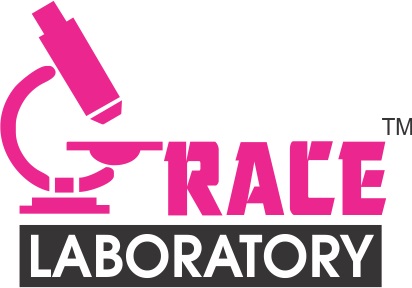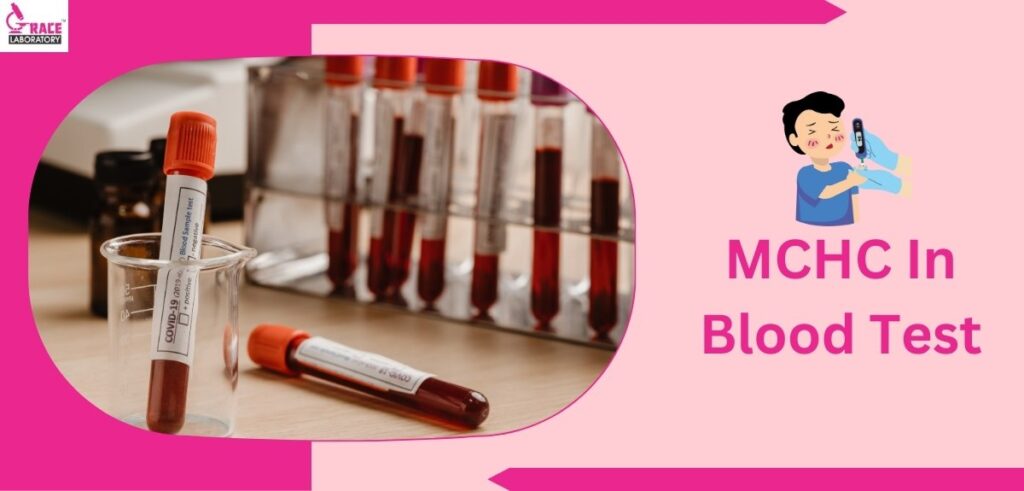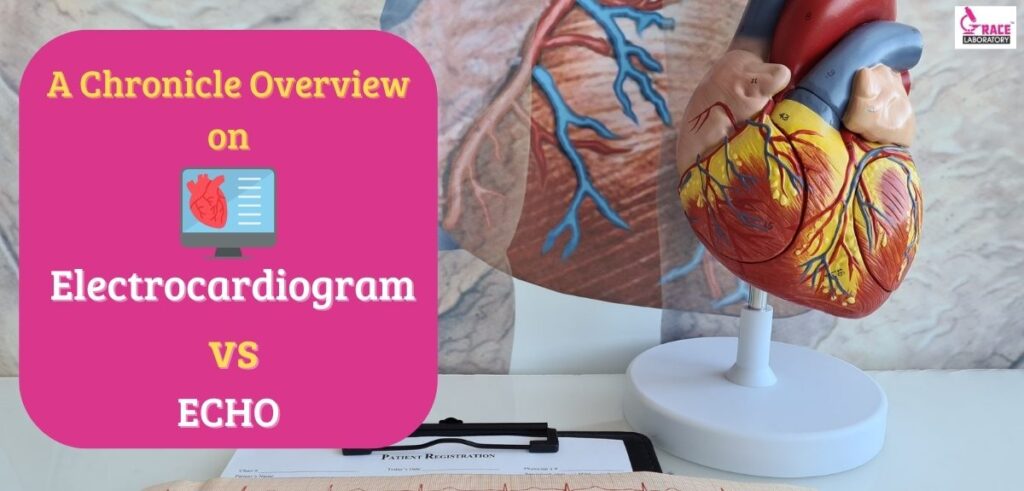Some Recent Facts- According to IDF( International Diabetes Federation), a recent study estimates that India has 101 million people living with a chronic disease, Diabetes, where the pancreas cannot produce enough insulin. This polypeptide hormone produced( made) by the Beta cells in the pancreas helps make proteins from the food we eat. Glucagon and insulin produced by the pancreas(located below our abdomen) play an essential role in maintaining the blood glucose and sugar levels in the body, preventing health problems. Diabetes is a chronic disease and for the past two decades, it has been steadily increasing contributing 1.5 million deaths every year approximately.
Overview of the Article- If you are about to scroll further, the detailed article will examine several factors that can increase the risk of diabetes. Not only this but we will also be discussing different types of diabetes, Glucose PP levels, and how to bring PPBS blood sugar normal range. However, before going further, let us start the article by clearing your doubts about what is Postpandial Blood Sugar.
Postprandial Blood Sugar- Diabetes is a concerning problem in India these days causing significant health problems to our body. The other name for the PPBS blood sugar test is 2- Hour Postprandial Blood Sugar, PPG-2, and Glucose blood test. The word “Post” means after the meal, and the optimal timing for a postprandial blood Sugar test is one hour after the meal. The test is used to measure the starch, and sugar of the digested food, and the glucose PP level is measured in milligrams per deciliter ( mg/ dL). The carbohydrates and proteins break down increasing the sugar and glucose levels in the bloodstream after 45 mins to 2 hours. The postprandial blood glucose level in the blood plays an important part and should not be left uncontrolled. The article also highlights the range of glucose PP levels and will give you an important indicator of your metabolic health. Please note that the PPBS test is suggested for people above 40 years.
Types of Diabetes- Before directly going to glucose PP normal reading or high/ low level, let us quickly understand the three common types of diabetes namely Type 1, Type 2, and gestational diabetes. There are several causes for abnormal blood glucose levels in the bloodstream causing acute and severe life-health complications.
- Type 1(TID)- This is also called an autoimmune condition where the immune system breaks the insulin-making beta cells in the bloodstream.
- Type 2- This type of diabetes is called insulin resistance or adult-onset diabetes where the insulin-making beta cells are not able to produce enough insulin.
- Gestational Diabetes- This type of diabetes is developed in the middle of pregnancy between 24 and 28 weeks. At this stage, the hormone from the placenta blocks the ability to make insulin.
PPBS Level, Early Symptoms, and Diabetes Complications
As we know the test is measured after an hour window when the blood sugar level is at a peak in the blood cells.
- High PPBS Level( Diabetes Mellitus)- If the glucose PP reading is more than 200 mg/dL indicates you have a high PPBS level and the range between 140 mg/ dL- 199 mg/ dL is pre-diabetic. If the elevated BSPP level is left uncontrolled for too long, it can permanently damage the nervous system, circulatory systems, and can increase the risk of heart strokes. The condition is also known as Hyperglycemia where the body has little insulin hormone and this can further lead to serious life-threatening complications called DKA(diabetes-related ketoacidosis). People with Type 1 Diabetes are at high risk of Ketosis-prone diabetes.
- Low PPBS Level- This is also known as non-diabetic hypoglycemia where the sugar level drops between 70 mg/ dL- 130 mg/dL. This rare condition requires immediate medical attention when you lose consciousness. Therefore, it is always advisable to go for frequent check-ups to monitor how well your body organs are functioning.
- PPBS Blood sugar normal range- If the reading remains 140 mg/ dL after two hours of your meal, it is considered a healthy range.
Please note that the test results may vary depending on the laboratory.
Symptoms and Risks Living with Diabetes- Until now we learned that the PPBS test determines the insulin-related disorder and detects the amount of glucose tolerance level. Please note that diabetes is an irreversible chronic condition and India has the highest number of diabetic patients. The paragraph will educate you about the symptoms and risks associated with diabetes if left untreated.
- Symptoms- Some early signs and symptoms of Type 1 and Type 2 diabetes are unexplained weight loss, blurred vision, frequent urination, vaginal yeast infections, high fever, fast heartbeats, skin color changes into pale, dark, or velvety color, numb or tingling feet,
- Risk and Complications- Diabetes can lead to possible health conditions like some potential oral conditions like dry mouth( xerostomia), gum infections, mouth sores, and bad breath. Type 2 diabetes can lead to long-term medical problems like heart strokes, and kidney failure. Raised glucose levels can damage the nervous system, pancreatic system, and other organ/ tissue systems. Diabetes is a progressive condition that gets worse with time and can develop peripheral arterial disease, retinopathy( blindness), and low-extremity amputation problems gradually. Therefore, do not delay the PPBS Test to analyze the imbalance of sugar levels and the risk of chronic medical conditions like diabetes or cardiovascular problems.
Things to Remember-
- Type 1 diabetes symptoms develop in a day or week.
- Type 2 diabetes symptoms are mild and unnoticeable.
- You are required to maintain the PPBS blood sugar normal range in today’s modern lifestyles by frequent glucose PP check-ups.
What Should You Do to Control Your Diabetes?
As we know Diabetes is a chronic metabolic disease where the body is not able to use insulin produced by the pancreas( also called mixed gland or glandular organ). More than 70% of people are not aware of whether they are in PPBS blood sugar normal range or persistently low/ high diabetic status. There are some right techniques and approaches for managing blood sugar levels in the body and diabetes.
- Follow a proper diet that includes plenty of fruit, cereals, grains, and vegetables.
- Aim to strengthen your muscle mass and body weight by doing regular physical exercises like walking, running, cycling, and swimming.
- Follow the proper diabetes medication course as directed by your healthcare provider/ doctor.
- Smoking and drinking are injurious to health and can increase diabetes complications.
- Frequent visits for glucose PP blood tests are mandatory to diagnose and check your blood sugar levels, A1C levels, and cholesterols levels.
Get your blood glucose level checked by a healthcare professional and the answer is right below. Hence, what are you waiting for?
Check Out the Leading Pathology in Vadodara- It is likely to be believed that more than 130 million Indians will be at risk of developing diabetes by the year 2045 affecting people of all age groups. Diabetes can be controlled by taking preventive measures and undergoing a Postprandial Glucose( Blood) Test from a leading diagnostic and therapeutic pathology center in Majanpur, Vadodara.
- The award-winning pathology center adheres to stringent quality measures coupled with timely and accurate reports.
- National and international organizations accredit Grace Laboratory.
- The patient-centric clinic is the only pathology center in Vadodara offering affordable, convenient, and responsive services to the needs of every patient.
- Consult the doctors and practicing healthcare people to bring your PPBS blood sugar normal range to lead a long-lasting healthy life.
My Closing Statements- India has a maximum number of diabetic patients and undetected diabetes patients. A recent study estimated that approximately 90% of people are living with this metabolic disease and most importantly urban slums and rural areas are at high risk of diabetes due to unhealthy lifestyles, hypertension, and increased pollutants in air pollution.
- It is 100% possible to reduce the impact of diabetes and control your elevated or low blood glucose levels by taking some preventive measures to reduce the risk of to damage the heart, kidneys, nerves, and other parts of the body.
- Connect with our expert technician or phlebotomist at Grace Laboratory to find out the result of PPBS blood sugar level and get an early diagnosis of the treatment from our specialized healthcare professional.
I hope that the blog was informative enough to clear all your doubts regarding PPBS blood tests, and diabetes.





